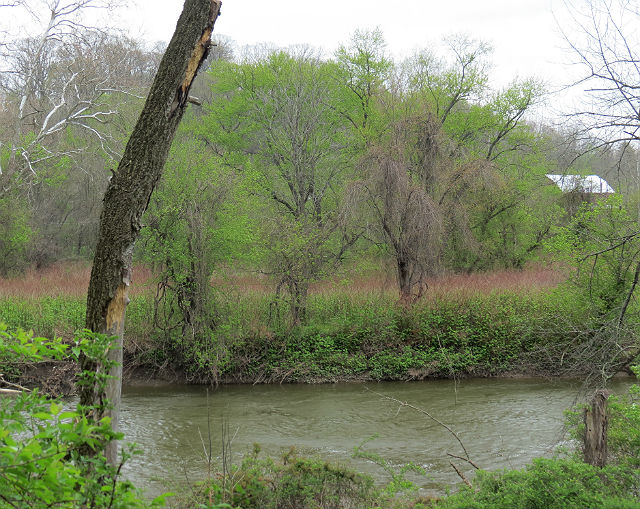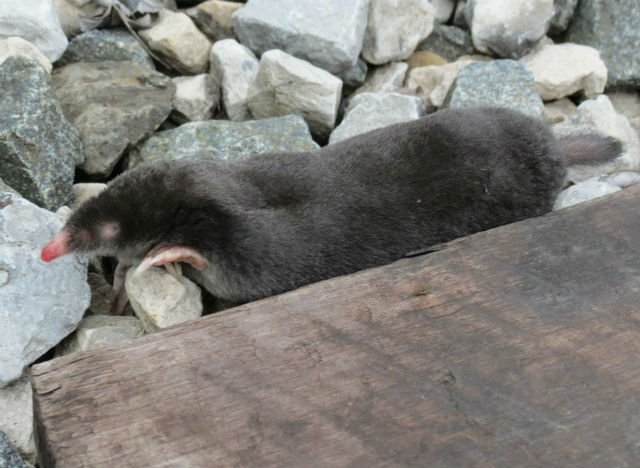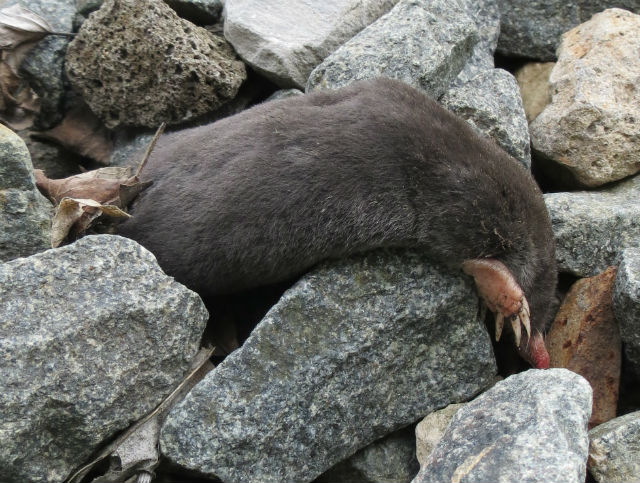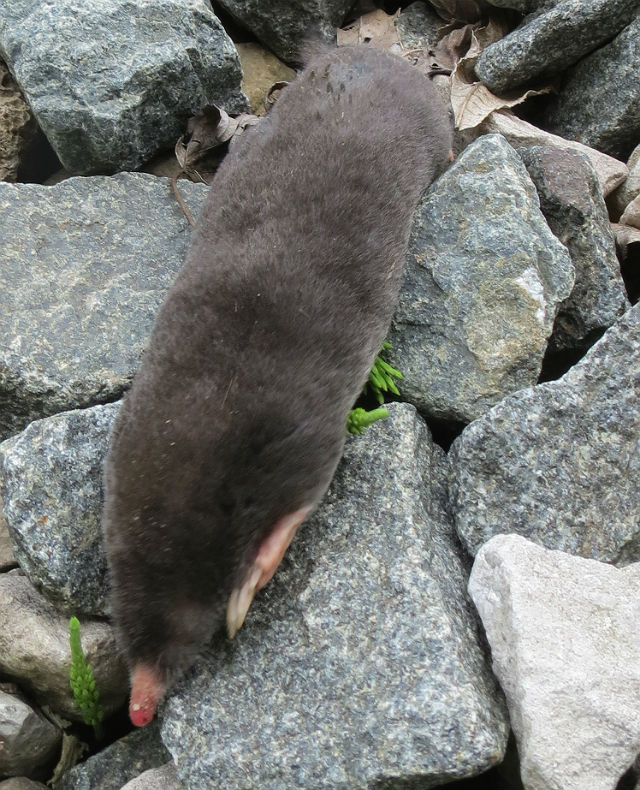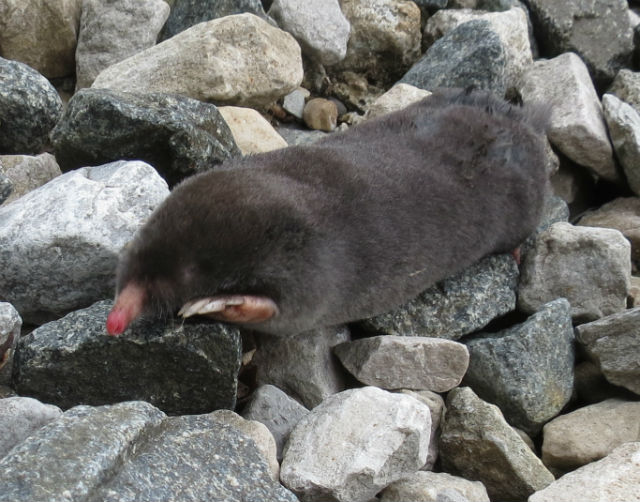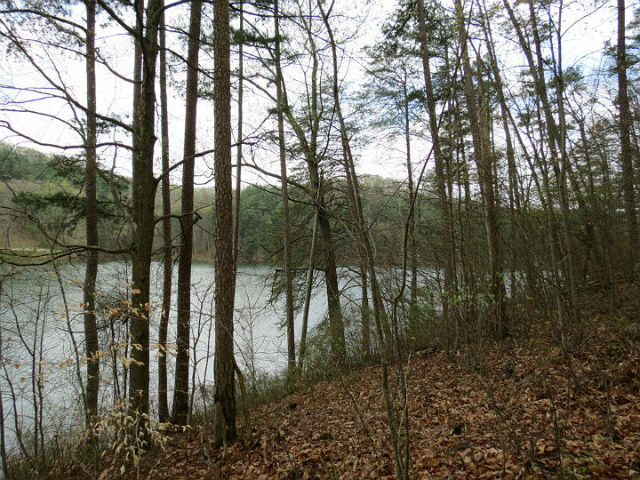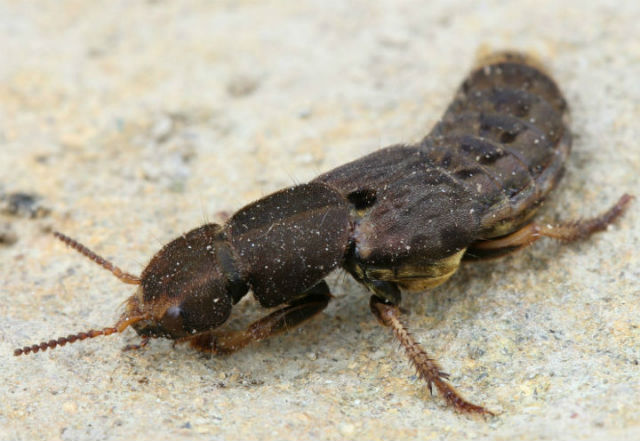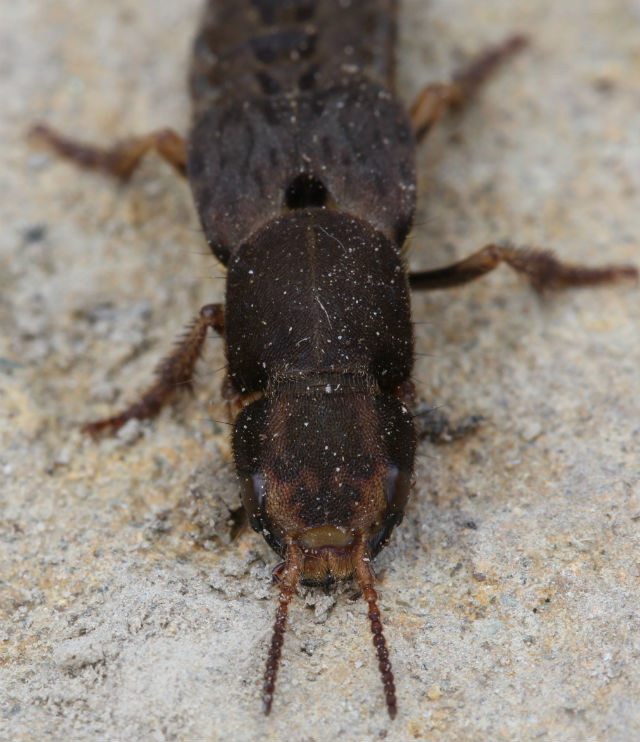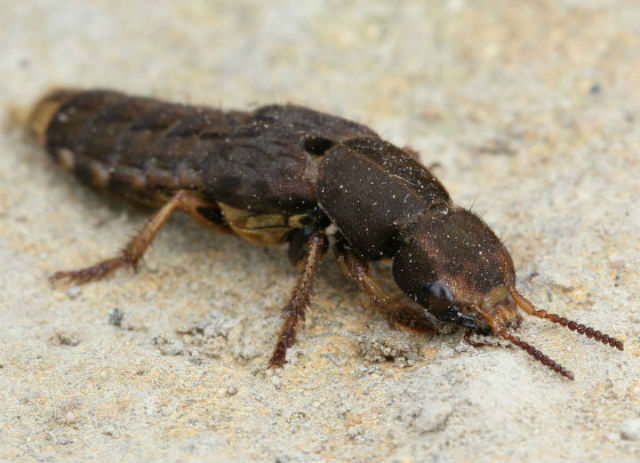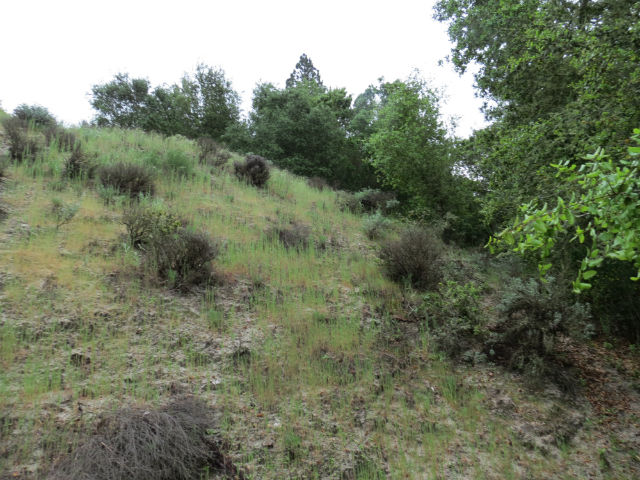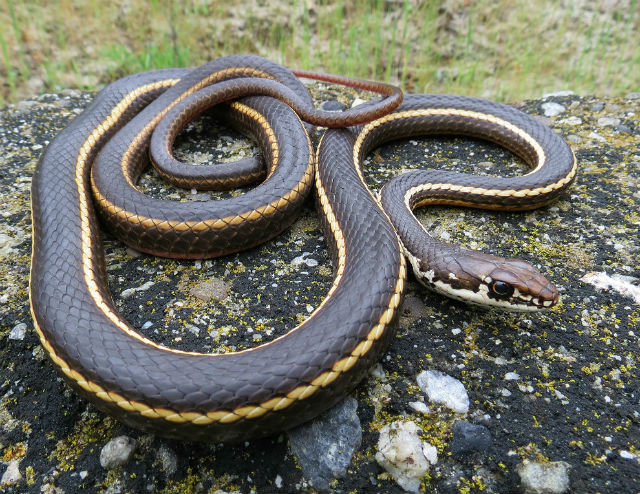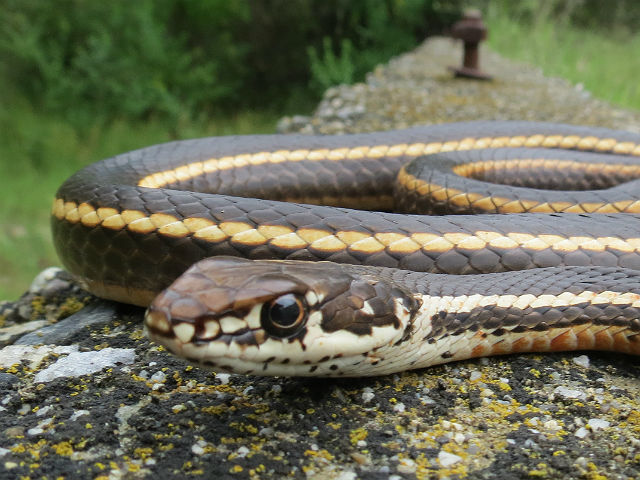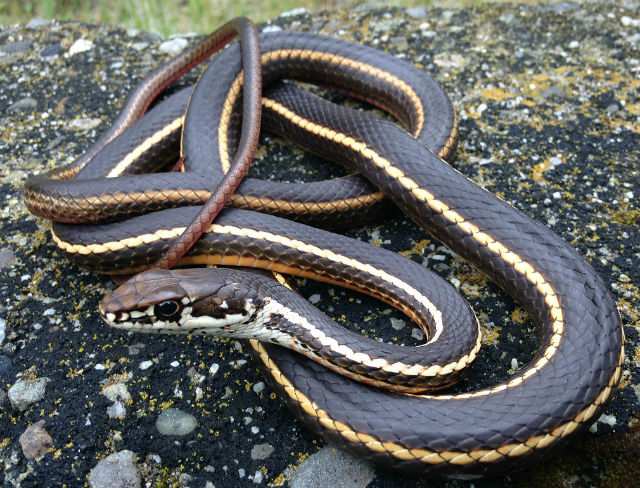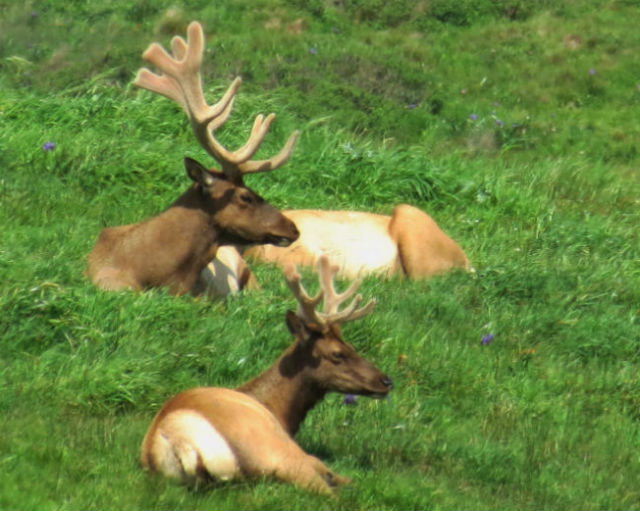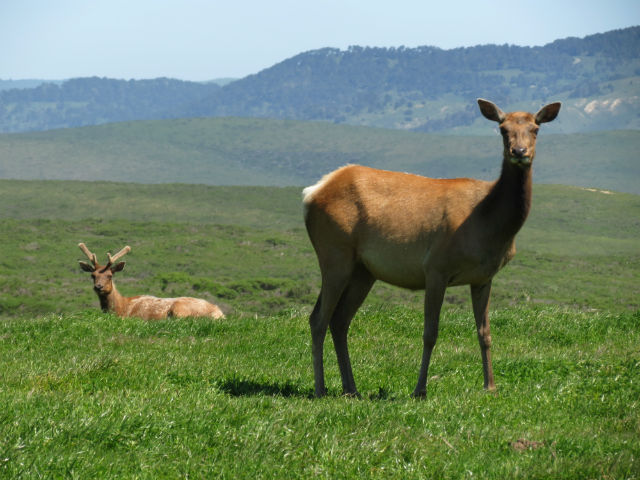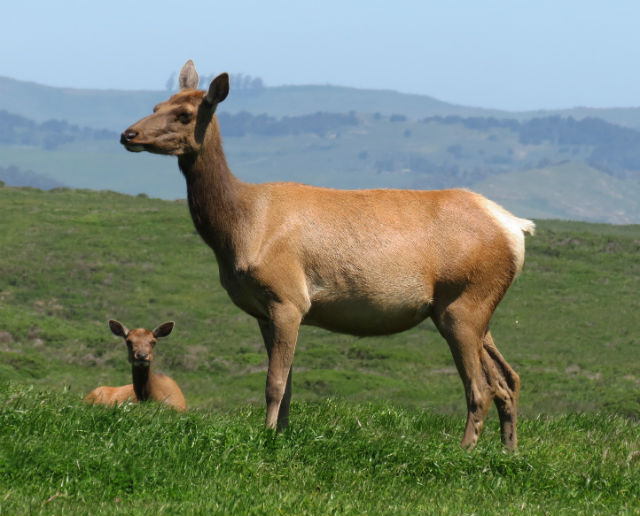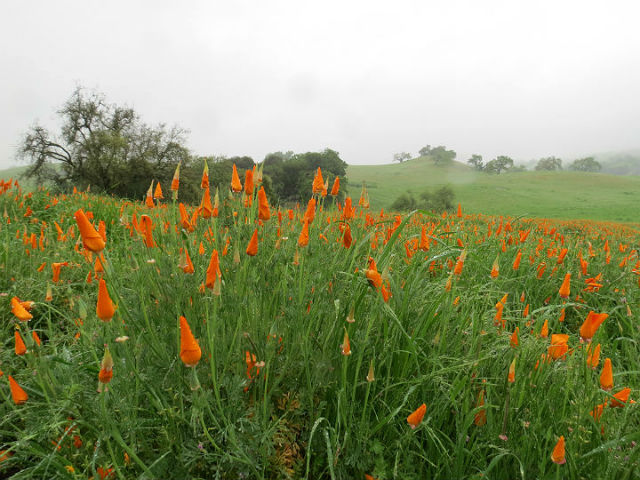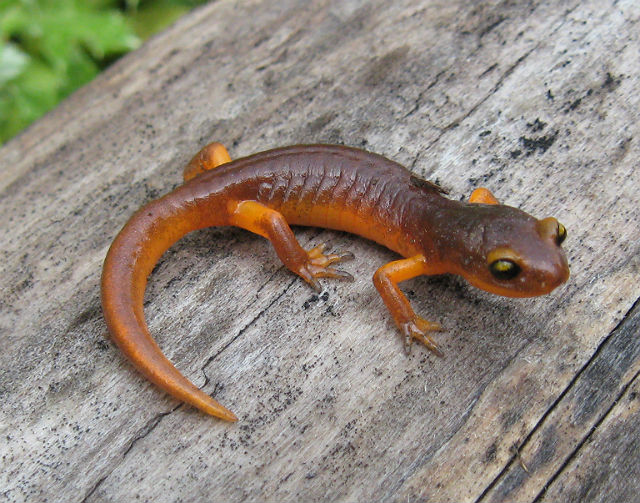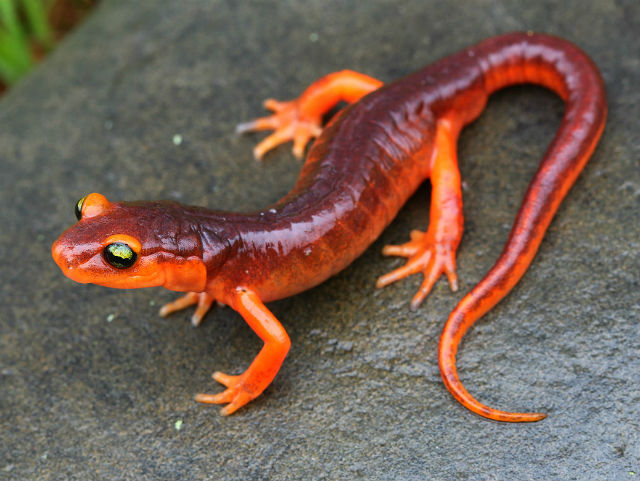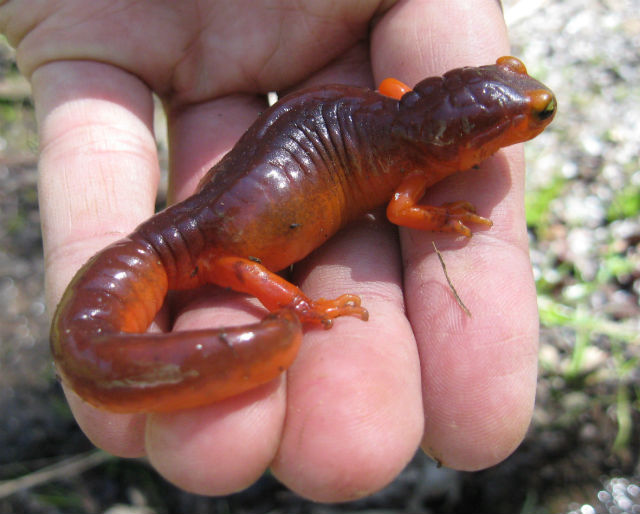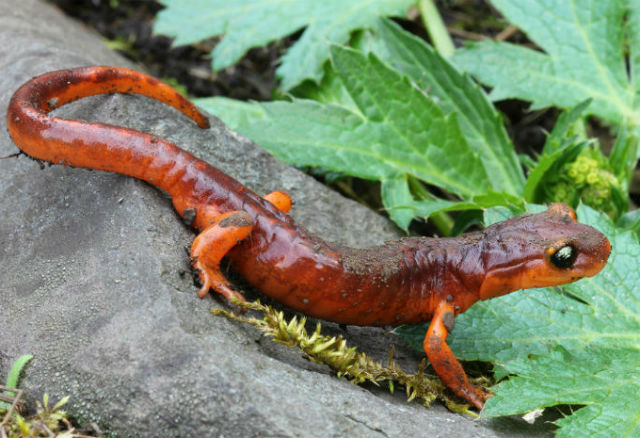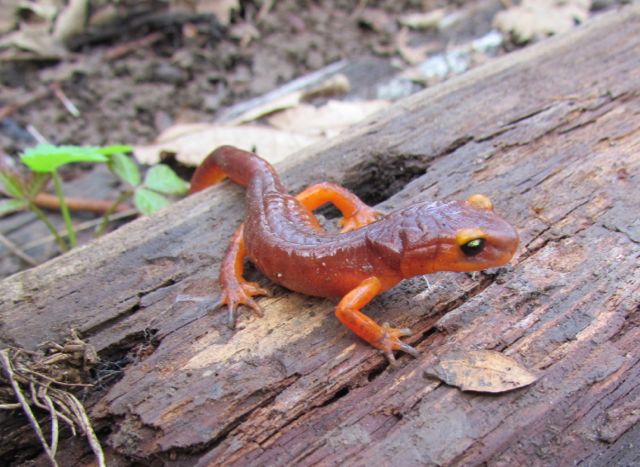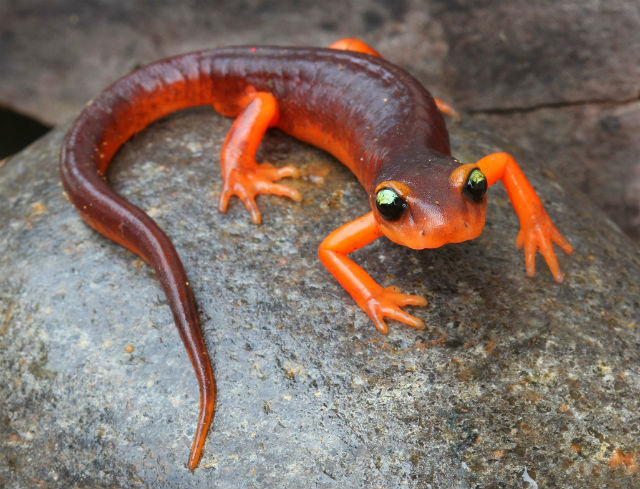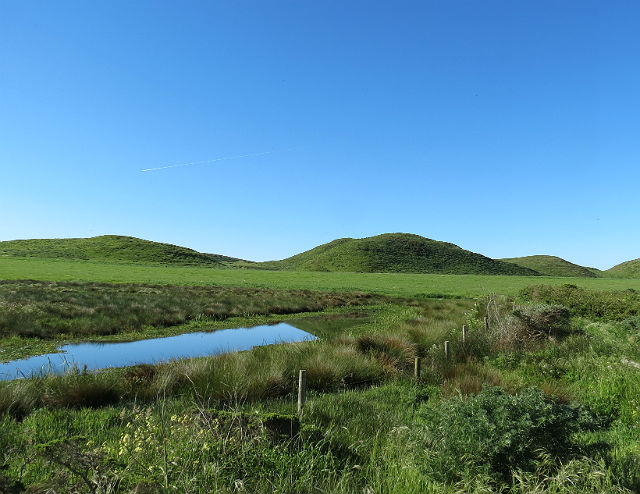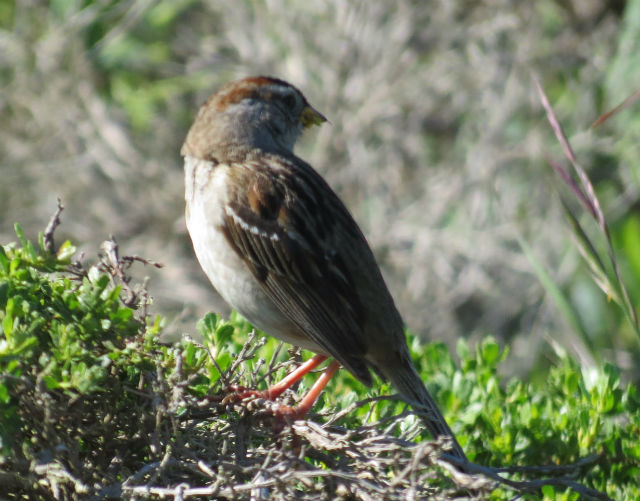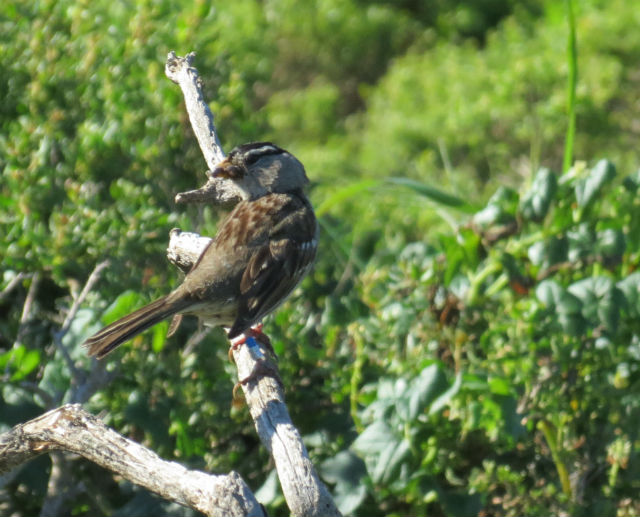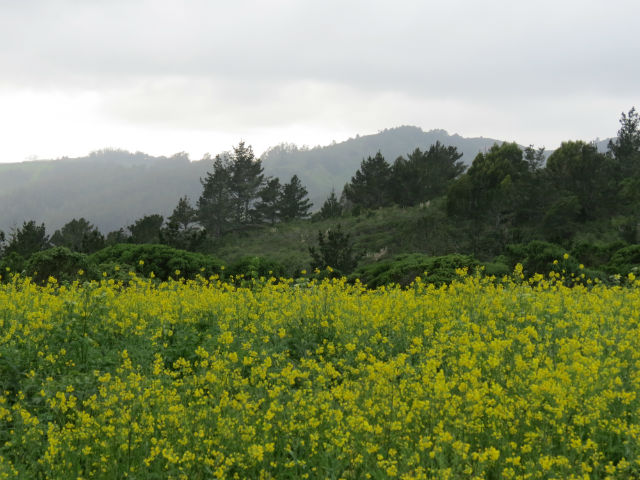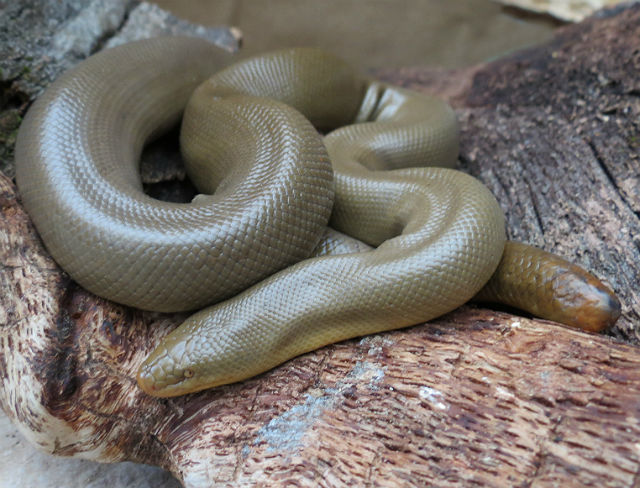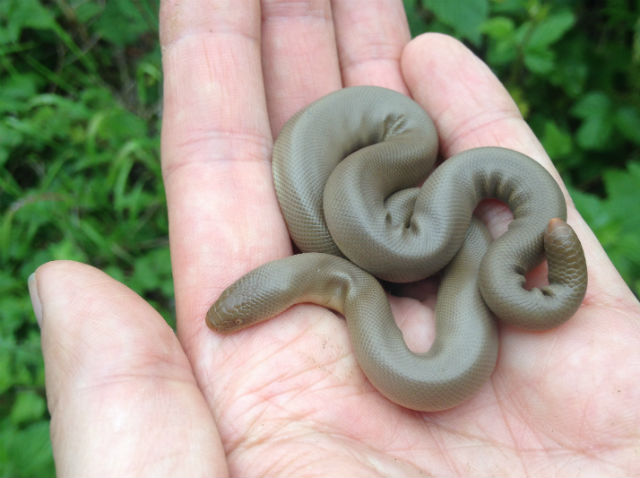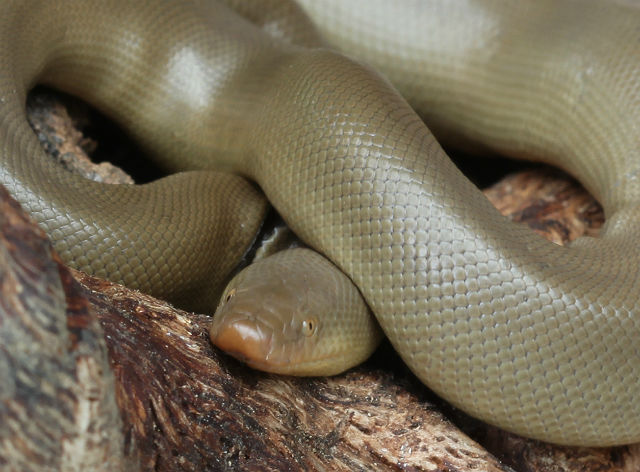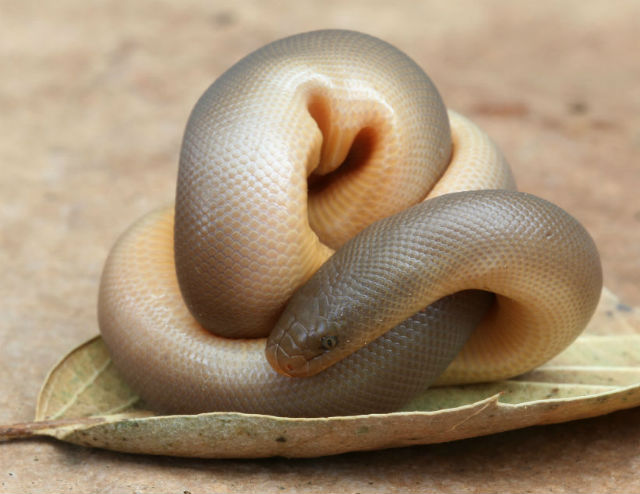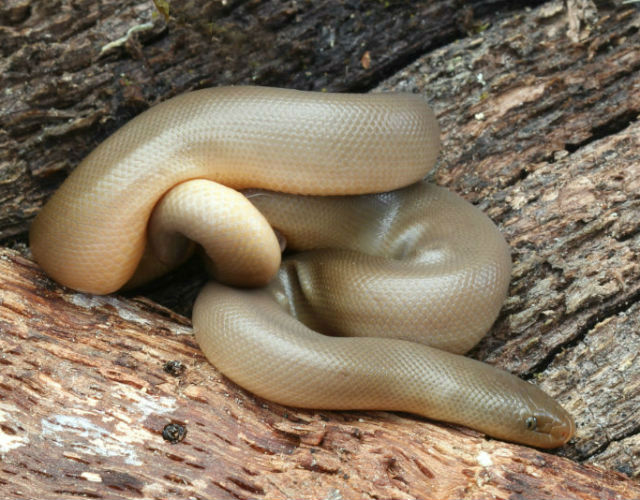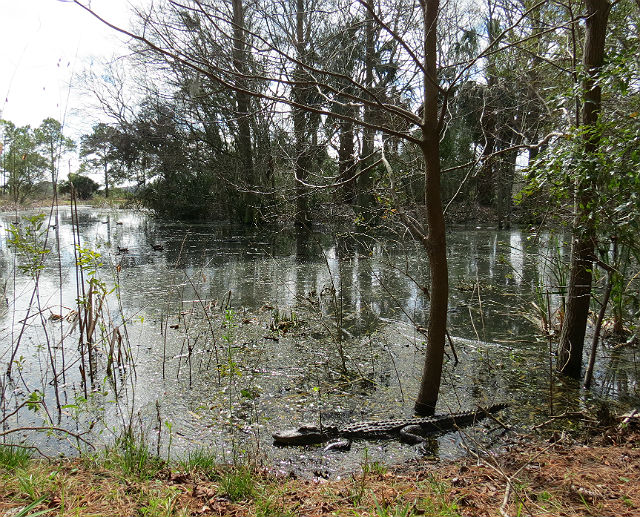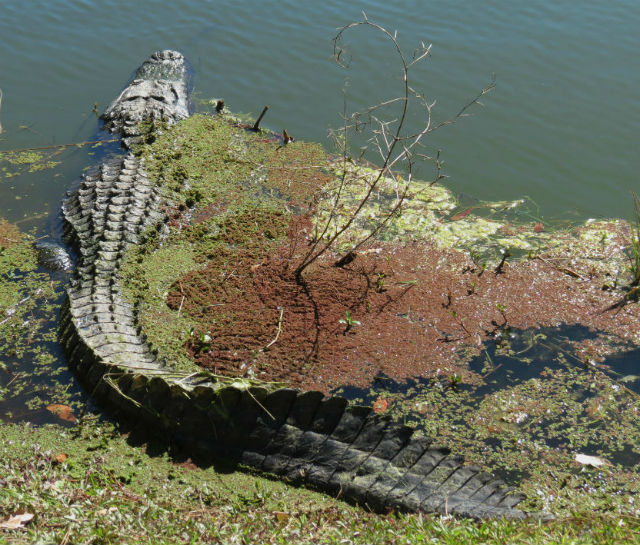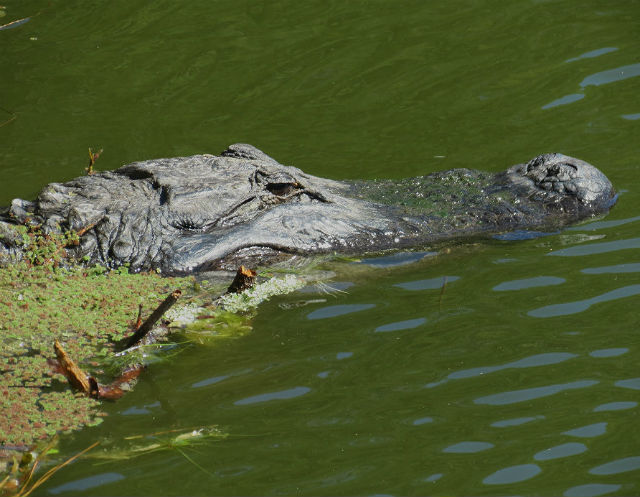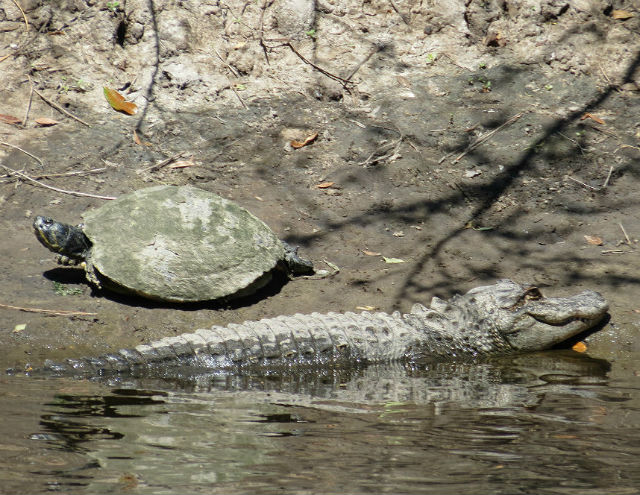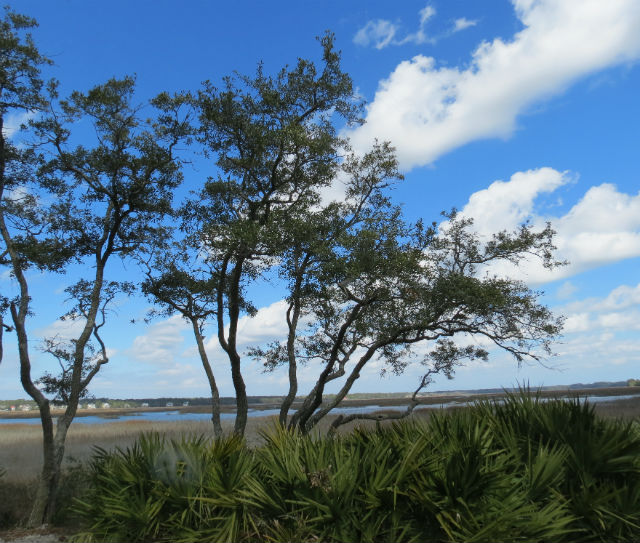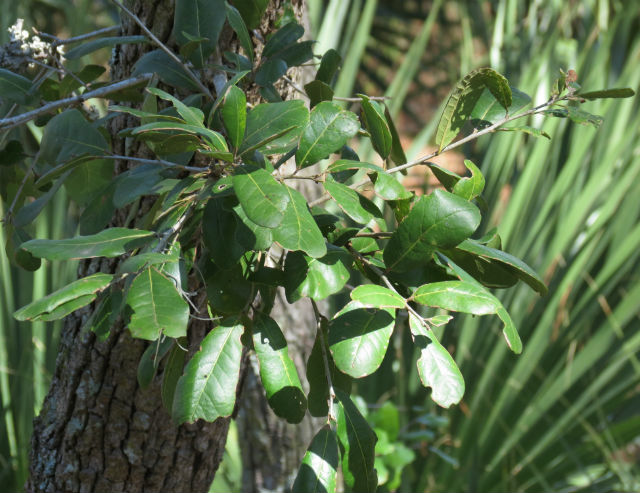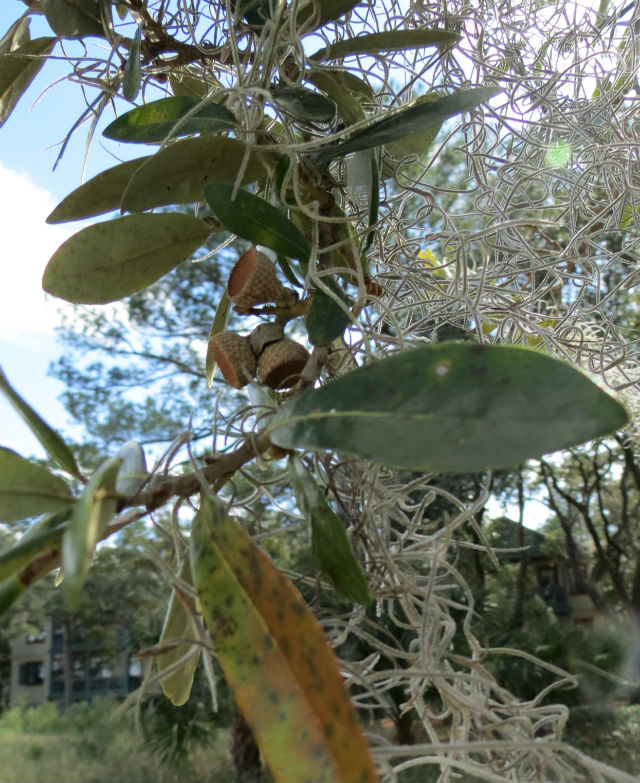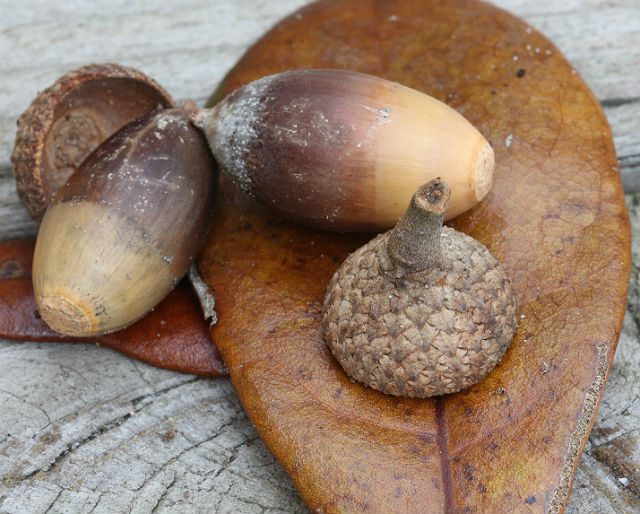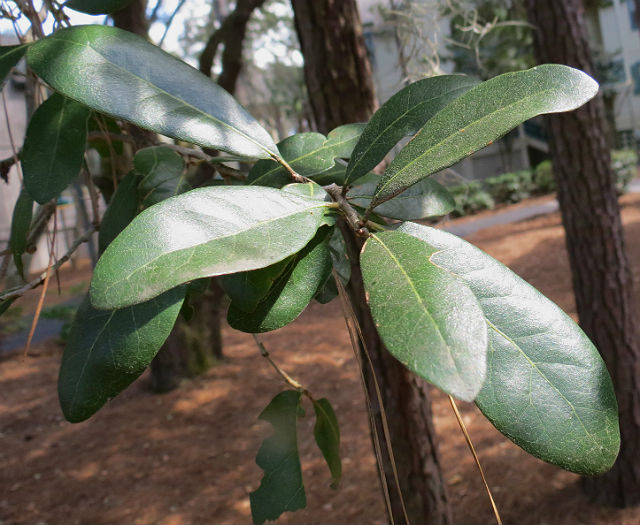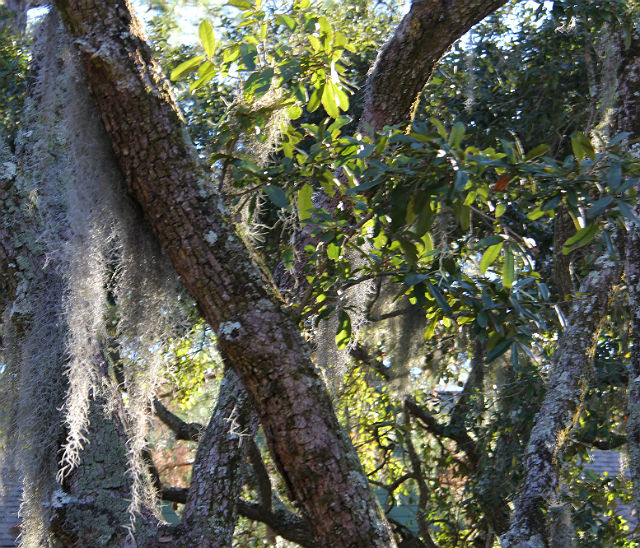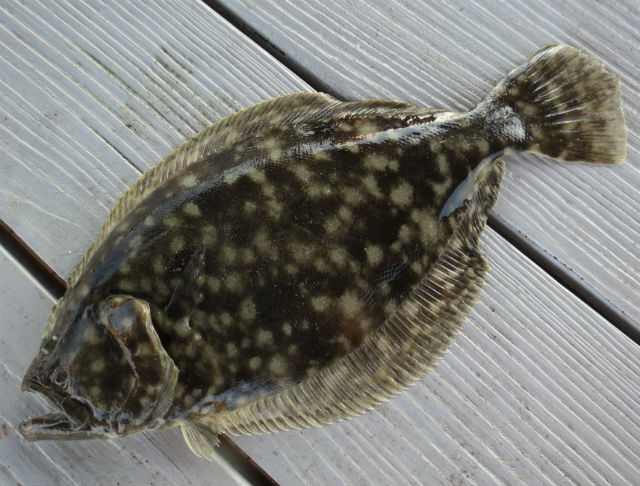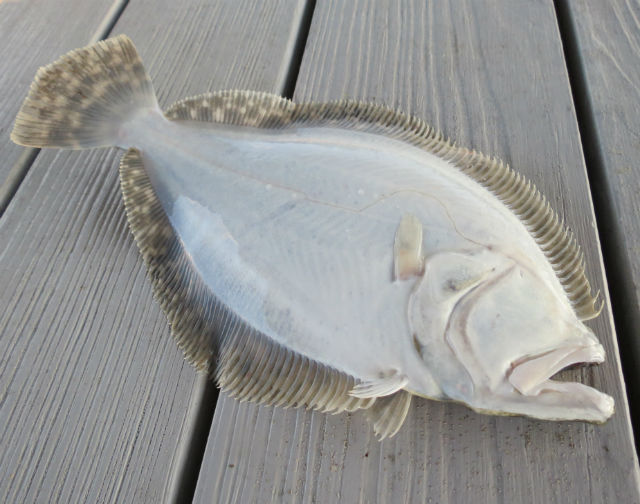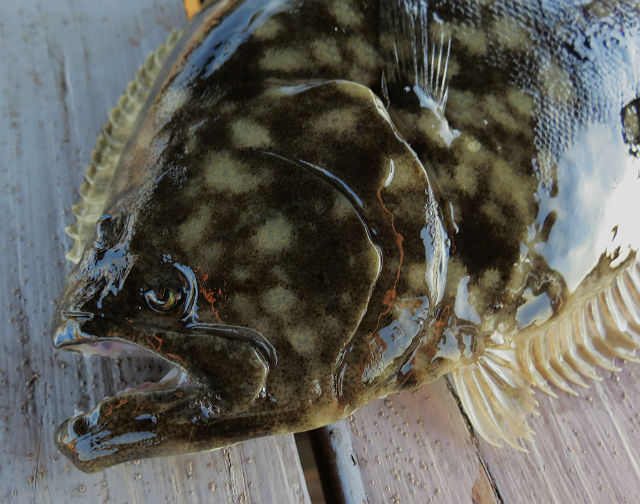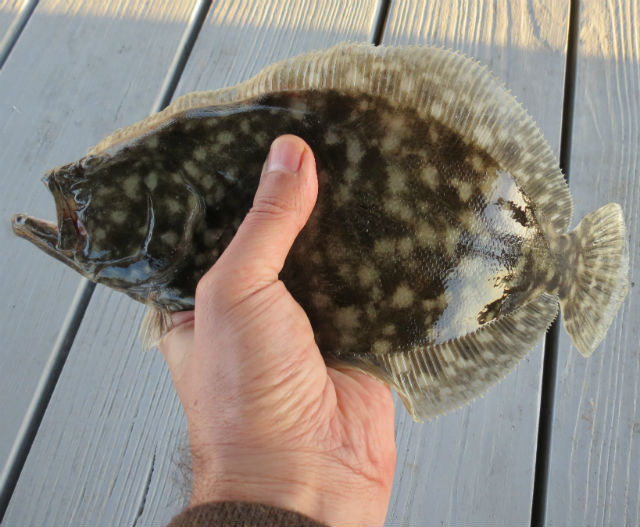I was walking along the Cuyahoga River on a cloudy day when I stopped to listen to and photograph a Baltimore Oriole that I heard calling. While enjoying the sight and sounds of the orange and black bird, I heard something shuffling at my feet. I looked down and saw this Hairy-tailed Mole crossing the railroad tracks.
As the name implies, this mammal is very similar to an Eastern Mole, except that it has a distinctly hairy tail. Its broad front feet with outward-facing palms help it to dig through soil. Since it spends most of its time underground, its eyes are tiny and it has no external ear openings.
The Hairy-tailed Mole is about six inches in length and has a long, red-tipped snout. As in other moles, its fur is short, very dense, soft, and silky – and therefore a good coat for traveling through underground tunnels.
The Hairy-tailed Mole digs deep tunnels, and then loosens soil particles with one front foot at a time. It then pushes loose soil under its body with the front feet and kicks the soil backwards with the hind feet. By shoveling the residual piles to the surface this animal cleans the tunnel and creates a characteristic molehill, about 3 inches deep.
This animal spends most the day underground searching for food. They have a voracious appetite for insects, including destructive types, such as cutworms and Japanese beetles; the mole’s daily food consumption can equal 50-100% of its weight. The underground tunnels that they create may be used eight years or more by many generations of moles.

